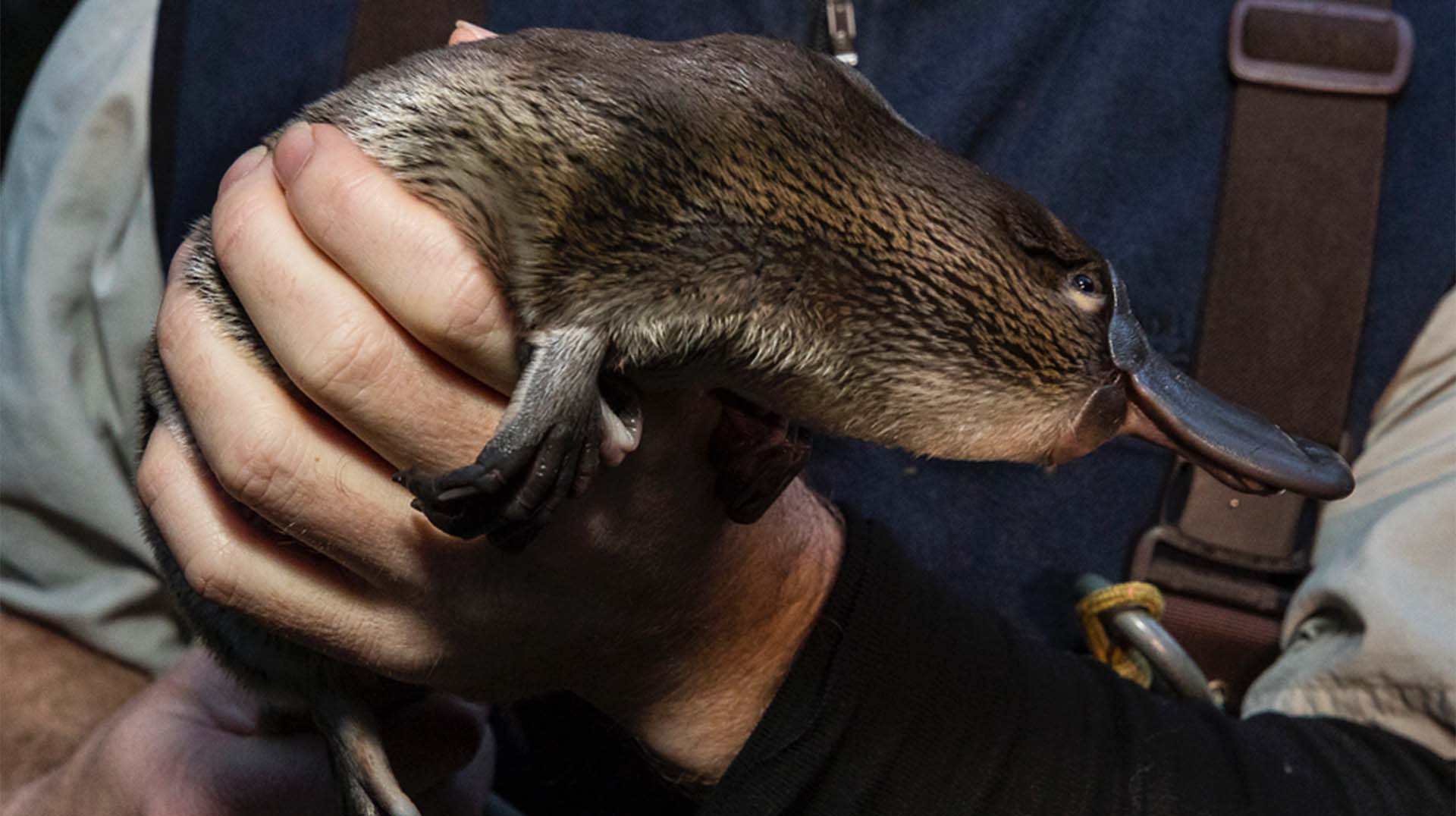

Shaw assigned it as a Linnaean genus name when he initially described it, but the term was quickly discovered to already belong to the wood-boring ambrosia beetle (genus Platypus). The common name, Platypus, is Latin derived from the Greek words πλατύς ("platys", flat, broad) and πους ("pous", foot), meaning "flat foot". Shaw even took a pair of scissors to the dried skin to check for stitches. It was thought that somebody had sewn a duck's beak onto the body of a beaver-like animal. George Shaw, who produced the first description of the animal in the Naturalist's Miscellany in 1799 stated that it was impossible not to entertain doubts as to its genuine nature, and Robert Knox believed it may have been produced by some Asian taxidermist. The British scientists were at first convinced that the odd collection of physical attributes must have been a hoax. When the Platypus was first discovered by Europeans in 1798, a pelt and sketch were sent back to the United Kingdom by Captain John Hunter, the second Governor of New South Wales. Although captive breeding programs have had only limited success and the Platypus is vulnerable to the effects of pollution, it is not under any immediate threat. Until the early 20th century it was hunted for its fur, but it is now protected throughout its range. The unique features of the Platypus make it an important subject in the study of evolutionary biology and a recognizable and iconic symbol of Australia it has appeared as a mascot at national events and is featured on the reverse of the Australian 20 cent coin. It is one of the few venomous mammals the male Platypus has a spur on the hind foot which delivers a poison capable of causing severe pain to humans. The bizarre appearance of this egg-laying, venomous, duck-billed, beaver-tailed, otter-footed mammal baffled European naturalists when they first encountered it, with some considering it an elaborate fraud. It is the sole living representative of its family ( Ornithorhynchidae) and genus ( Ornithorhynchus), though a number of related species have been found in the fossil record. Together with the four species of echidna, it is one of the five extant species of monotremes, the only mammals that lay eggs instead of giving birth to live young.

The Platypus ( Ornithorhynchus anatinus) is a semi-aquatic mammal endemic to eastern Australia, including Tasmania. Platypus range (indicated by darker shading)


 0 kommentar(er)
0 kommentar(er)
